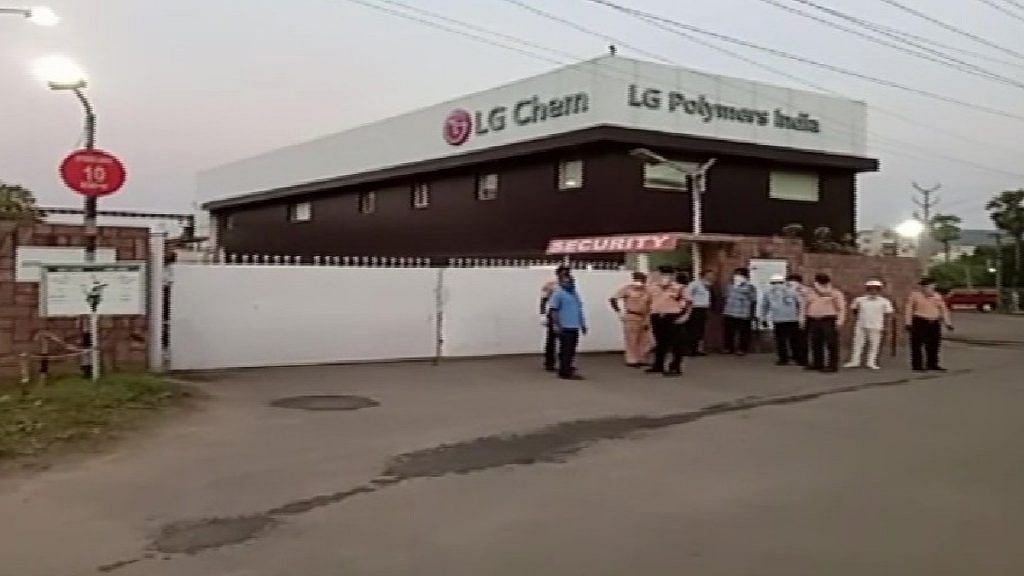New Delhi: A chemical leak from the LG Polymers plant in Visakhapatnam early Thursday morning killed at least seven people and triggered panic in the industrial coastal city.
According to preliminary reports, authorities said, the chemical that caused the deaths, and also illness in many others exposed to it, was styrene.
ThePrint explains the what the substance is and how it may affect human beings.
What is styrene?
Styrene is a colourless, sweet smelling liquid that serves as a key ingredient for plastics and polymers.
The compound is widely used to make plastics and rubber. Consumer products like packaging materials, insulation for wiring and appliances, fibreglass, plastic pipes, automobile parts and drinking cups contain styrene.
Exposure to styrene
Low levels of chronic exposure to styrene may be carcinogenic.
According to the United States Environmental Protection Agency (EPA), short-term exposure to low levels of styrene in humans can cause irritation in the mucous membrane and eye, and gastrointestinal effects.
Long-term exposure, on the other hand, results in effects on the central nervous system, leading to headaches, fatigue, weakness, hearing loss, nerve damage and depression.
According to the Health and Safety Executive, a UK government agency responsible for regulation and enforcement of workplace health, safety and welfare, the chemical can cause loss of consciousness and death at high exposure levels.
Also read: Why methane is a far more dangerous greenhouse gas than carbon dioxide
How did the styrene leak?
According to Parameswar Iyer, from the Department of Chemistry, IIT Guwahati, styrene, which is itself toxic, can’t spread to a radius of 4-5 kilometres on its own. “It seems more likely that some other chemical may have also leaked, together with styrene,” he told ThePrint.
“But if high levels of styrene vapour is inhaled, it causes skin and eye irritation, and breathing difficulties,” he added.
Dr. Swaminathan Sivaram, former director of the National Chemical Laboratory, Pune, also said more details need to be known to ascertain what led to the leak.
“If it is leaking in the air, it must be a gaseous material, not a liquid material. Styrene is a liquid with a high boiling point,” Sivaram told ThePrint.
“Unless there are high temperature conditions — such as a fire or an explosion — styrene can not leak into the air,” he said.
The chemicals in the factory had been unattended since March due to the Covid-19 lockdown.
“We need to understand a little bit more about what was happening at the time that this incident happened,” Sivaram said.
Also read: 35 years after Bhopal gas tragedy, coronavirus kills 10 survivors who had comorbidities
